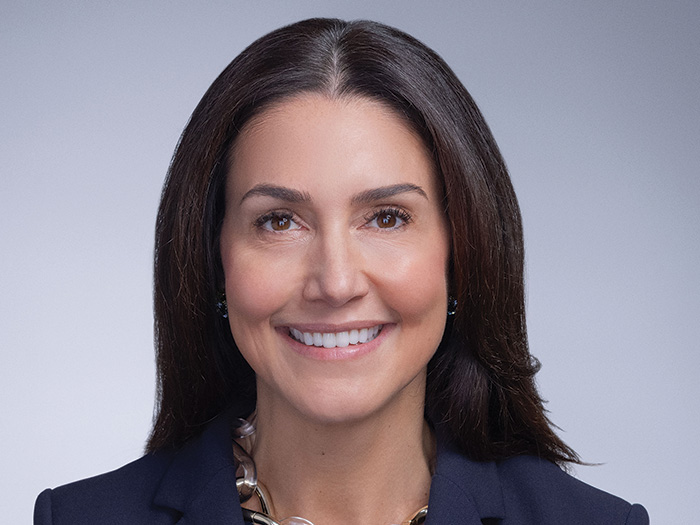CICA 2014 Conference
In Defense of Captives

It’s inaccurate and unfair to characterize captive insurance companies as “primarily engaged in tax evasion,” as one international group did, said Dennis Harwick, president of the Captive Insurance Cos. Association (CICA) at the group’s international conference in Scottsdale, Ariz. on March 9-11.
Even as the Internal Revenue Service and some state and federal regulators increase their scrutiny of captive financial arrangements, Harwick noted that “captives are not a hidden device. They are not an offshore secret bank account. … They are visible, regulated companies.”
Two of the main issues drawing attention are the improper use of IRS section 831(b) – which allows underwriting profits of captives with at least $1.2 million in premiums to be tax free – and the use of captives by commercial insurers for reinsurance.
“There’s nothing inherently wrong with using 831(b) but it has to be a real insurance product,” Harwick said.
For some companies, that is not the case, said Thomas F.X. Hodson, president of the Connecticut Captive Insurance Association. He “absolutely agrees” that some captives are being formed for tax evasion, often at the suggestion of “wealth managers.”
“If risk management is not your first priority in organizing a captive program, don’t organize a captive program,” he said. If tax issues are the primary reason, “it is the wrong reason and you will get in trouble.”
Suspect captives – reputedly said by an IRS auditor – are those seeking to protect against the risk of tsunamis in Nebraska, said Daniel Kusaila, director of the insurance tax group at Saslow Lufkin & Buggy, a CPA and consulting firm.
He said his firm has received calls from companies interested in setting up a captive and it “turned them away” when they were unable to define the risks they wanted the captive for.
Nevertheless, a lot of information continues to be disseminated on the tax advantages of captives, instead of focusing on the risk financing objectives, he said.
Matthew Takamine, managing director at Beecher Carlson in Honolulu, said that most times, tax implications are “almost an afterthought relative to insurance program design and operational considerations. … It’s never a good idea to design a program to take advantage of the tax law. That’s just asking for the IRS to audit your program. The insurance aspect always comes first.”
Another main issue drawing some regulatory attention, said Sanford Saito, captive insurance examiner for the State of Hawaii Insurance Division, is the use of captives for reinsurance by commercial insurers. That’s an area being looked at by the National Association of Insurance Commissioners, the New York State Attorney General, and others.
“They will start taking a look at it and looking at the quality of the assets backing the risk,” he said. “If the risk is ceded to a captive, what is the captive expected to put up as collateral … ? How is the credit for reinsurance being supported?”
The difficulty comes in trying to set up broad guidelines for captive use, many of the conference attendees noted.
“Each [captive] is different and each one has its own purpose,” Saito said. “That’s what the basic purpose of a captive is.”
Harwick noted that long-time observers have said “the sky is falling and this will be the end of captives” off and on for many years, but captives remain a viable vehicle.
“It’s an industry that is characterized by innovation and flexibility,” he said, noting that CICA is carefully reviewing any proposed regulatory changes and “obviously we object” to some.
The attempt to “pigeonhole” captives under one set of regulations is based on a misunderstanding of the vehicle, he said, which is “to address the needs that are unique to your business or hard to place in the commercial insurance market.”
Even with the increased scrutiny, interest in the use of captives is apparently growing. Nearly 600 people attended the conference this year. It was an all-time high.










